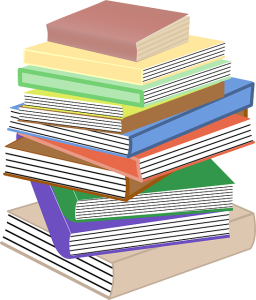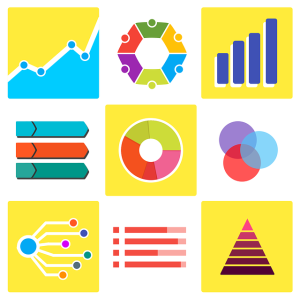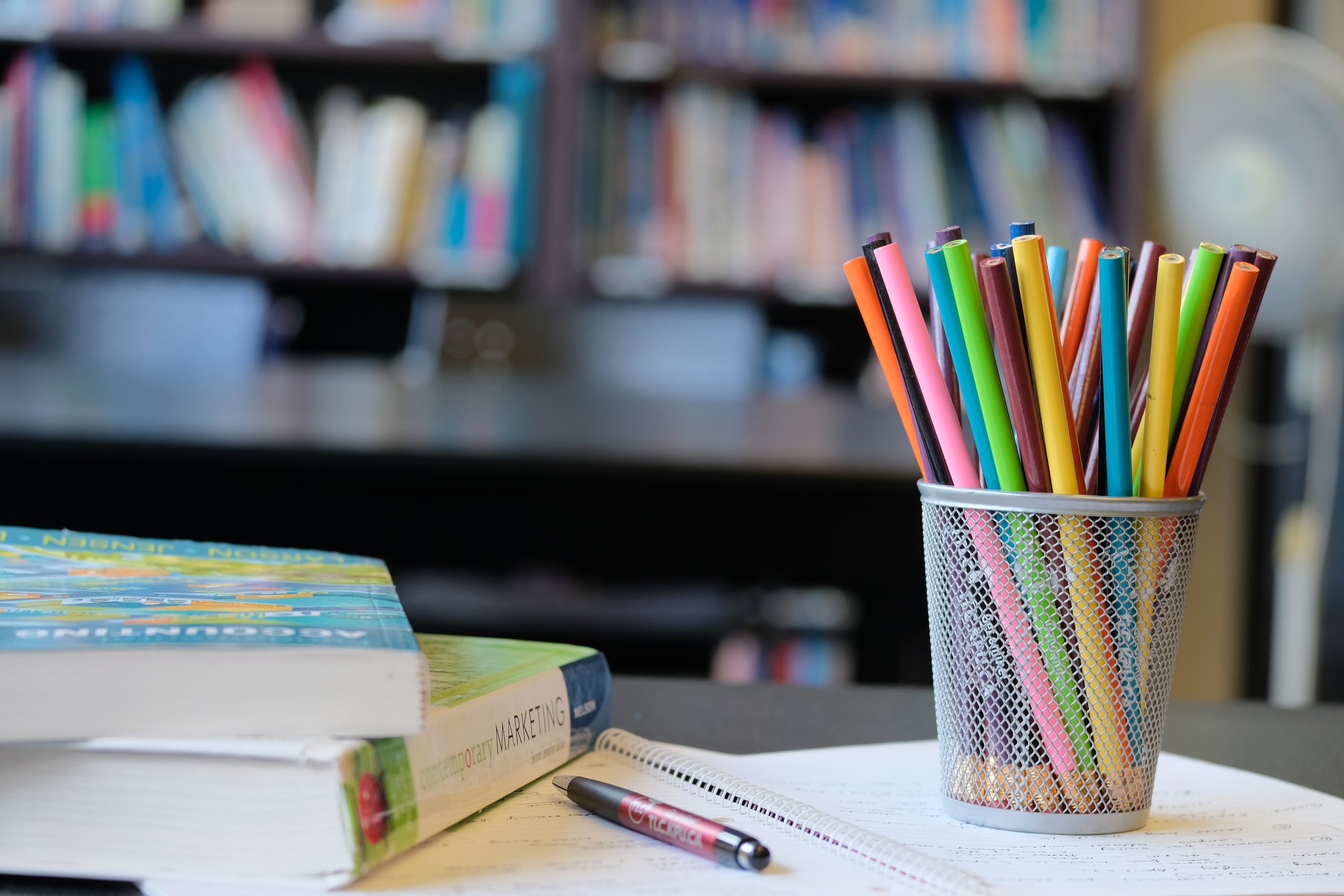Getting the Most Out of Your Textbooks
Learning Objectives
By the end of this chapter, you will be able to:
- Understand the resources built into your textbooks and how to use them.
- Understand how to read the different sections and types of resources in your textbook.
- Navigate and use your textbooks successfully.
Navigating Textbooks
Often, when presented with the textbook for a course, you may find it a little overwhelming. The textbook can be large with a lot of information in it. Students can feel a little defeated even before they start. They may have questions like, “Will I need to know everything in this book?” or “Will I be able to understand it?” or even “When will I have time to read all this?” Rest assured, it is likely much better than it might seem at first. Often you are only asked to read and deal with certain parts of the textbook, as opposed to the whole thing, so make sure to read your instructions carefully. Many students have ended up reading chapters that weren’t required for the course.
Furthermore, there are many strategies that are helpful for navigating your textbook. Knowing the layout of your text can help you locate information easily, identify important information, and aid in reviewing and summarizing material. Here are some useful tips.
Anatomy of a Textbook
Good textbooks are designed to help you learn, not just to present information. They differ from other types of academic publications intended to present research findings, advance new ideas, or deeply examine a specific subject. Textbooks have many features worth exploring because they can help you understand your reading better and learn more effectively. In your textbooks, look for the elements listed in the table below.
| Textbook Feature | What It Is | Why You Might Find It Helpful |
|---|---|---|
|
Preface or Introduction |
A section at the beginning of a book in which the author or editor outlines its purpose and scope, acknowledges individuals who helped prepare the book, and perhaps outlines the features of the book. | You will gain perspective on the author’s point of view, what the author considers important. If the preface is written with the student in mind, it will also give you guidance on how to “use” the textbook and its features. |
| Foreword | A section at the beginning of the book, often written by an expert in the subject matter (different from the author) endorsing the author’s work and explaining why the work is significant. | A foreword will give you an idea about what makes this book different from others in the field. It may provide hints as to why your instructor selected the book for your course. |
| Author Profile | A short biography of the author illustrating the author’s credibility in the subject matter. | This will help you understand the author’s perspective and what the author considers important. |
|
Table of Contents |
A listing of all the chapters in the book and, in most cases, primary sections within chapters. | The table of contents is an outline of the entire book. It will be very helpful in establishing links among the text, the course objectives, and the syllabus. |
|
Chapter Preview or Learning Objectives |
A section at the beginning of each chapter in which the author outlines what will be covered in the chapter and what the student should expect to know or be able to do at the end of the chapter. | These sections are invaluable for determining what you should pay special attention to. Be sure to compare these outcomes with the objectives stated in the course syllabus. |
| Introduction | The first paragraph(s) of a chapter, which states the chapter’s objectives and key themes. An introduction is also common at the beginning of primary chapter sections. | Introductions to chapters or sections are “must reads” because they give you a road map to the material you are about to read, pointing you to what is truly important in the chapter or section. |
| Applied Practice Elements | Exercises, activities, or drills designed to let students apply their knowledge gained from the reading. Some of these features may be presented via Web sites designed to supplement the text. | These features provide you with a great way to confirm your understanding of the material. If you have trouble with them, you should go back and reread the section. They also have the additional benefit of improving your recall of the material. |
| Chapter Summary | A section at the end of a chapter that confirms key ideas presented in the chapter. | It is a good idea to read this section before you read the body of the chapter. It will help you strategize about where you should invest your reading effort. |
| Review Material | A section at the end of the chapter that includes additional applied practice exercises, review questions, and suggestions for further reading. | The review questions will help you confirm your understanding of the material. |
| Endnotes and Bibliographies | Formal citations of sources used to prepare the text. | These will help you infer the author’s biases and are also valuable if doing further research on the subject for a paper. |
Reading Textbooks: Front and Back Matter

Before diving into every line of text in a textbook reading assignment, it is helpful–and saves time–to find out, first, what resources the entire book has to offer you. Then, as those chapter readings are assigned, it helps to first skim through them for the big picture meaning.
This chapter covers strategies for skim reading specific chapters, a strategy for getting the most out of graphics included in textbooks, and setting your purpose for completing assigned reading.
Skimming Textbook Chapters
Before doing a detailed reading of a textbook chapter, get the big picture by following these steps:
- Similar to reading the Table of Contents for the entire book, read the Introduction or Chapter Overview, whichever the textbook features, for the main ideas and how they are divided.
- Read the headings and sub-headings.
- Note the graphics (charts, tables, illustrations, etc.).
- Read the first one or two sentences in the paragraphs (the paragraph topic is sometimes covered in more than one sentence).
- Read the last sentence in each paragraph, which might be a paragraph summary.
- Read the summary of the entire chapter if given.
- Read any sentence with boldface or italicized words or word groups in it (usually key ideas or technical terms).
- Stop when needed if you encounter a complicated idea or topic, and take a little more time to skim it until you understand it.
- Skim the study questions, too. They will help you focus on key points.
Reading Graphics

Listed below are various types of data found on most graphics, whether a pie chart, bar graph, line chart, or other type.
The key to understanding graphics and using them to get more meaning from a textbook chapter or an article or to answer study questions is to pay close attention to the typical elements of the graphic (not every graphic includes all of the elements listed).
- Title
- Captions
- Legend
- Axis information (vertical information, or “Y” data, and horizontal information, or “X” data)
- Publication date (important for the most current information)
- Publisher (important for credibility)
- Labels
- Color (used to differentiate and compare data)
- Size (also used to represent comparisons)
- Spatial positions (helps for comparing and contrasting)
- Patterns represented by the content itself
- Trends that appear more evident when viewing the visual representation of the data.
It is easy to overlook all of the information present in a graphic, so give yourself enough time to note all the elements and their meanings before answering questions about them.
Set Your Purpose for Reading Textbooks

You probably already know that you should read your textbooks. However, if you are like many students, reading textbooks might take second place to other priorities, such as attending class and completing assignments. Perhaps it does not seem clear how committing time to weekly reading will help you achieve your learning goals. Consider the following reasons for committing to regular reading.
- Reading Textbooks helps you get the most out of your class time. This is especially true if you are able to read your textbook before going to class. Why? Because if you are hearing a lot of material in lecture for the very first time, it can often be difficult to take good notes and understand how all of the concepts fit together. If you are able to read your textbook before you go to class, you will already have a general understanding of the most important topics in that unit. You will already know some of the key words, and you will have a good idea of what you already understand well and what you might not quite understand yet. That way, when you go to class, your instructor’s lecture will support and strengthen the things that you’re already starting to learn. You’ll be equipped to ask good questions and to participate well in class. Overall, you will get more out of the time you spend in class.
- Most textbooks include some additional resources to help you study. These may include:
- Learning Objectives at the beginning of the chapter. These help you to know right away what the most important things in the chapter are and what you should be able to do by the time you have finished studying this part of the course.
- Definitions and Glossaries: Often, textbooks will highlight new words. These might be at the side of every page, the words might be in bold, or the textbook might include a glossary of key terms.
- Study Questions and Practice Problems: If you are able to do a few of these every week as you go along in the course, you will be more prepared for exams. This is especially true in classes like accounting, math, or chemistry, where you are tested on how well you can solve problems.
- Online Videos and Quizzes: These can help you to review the key concepts in your class and strengthen your understanding of concepts that may be difficult for you.
- Content from textbooks is often included in exams. In nursing school, in addition to the time you spend in class, you are also expected to spend some time in independent study. Most instructors will include questions from the textbook on the exam, and these things might not have been covered in class. If you rely only on your class notes, you might miss some key concepts you must learn in your course.
- You become a better reader by reading. Learning to read textbooks well prepares you to read other complex material that you will encounter throughout your studies and later on in your career. Reading efficiently is a skill that you will use throughout your life – not just in your current classes.
Key Takeaways
- Knowing the different features of your textbook will help you navigate it.
- Knowing how to navigate your textbook will help you easily find the information you are looking for.
- Most textbooks come with additional resources that can help with your learning and study.
Chapter Attributions
The “Navigating Textbooks” section of this chapter was adapted by Michelle Holbrook and Cheryl Colan from “How Do You Read to Learn?” by University of Saskatchewan. Licensed under a CC BY-NC-SA 4.0 license.
The “Front and Back Matter,” “Exercise 5.3.1,” “Skim Reading Textbook Chapters,” and “Reading Graphics” sections of this chapter were adapted by Michelle Holbrook and Cheryl Colan from “Getting the Most Out of Your Textbooks” in Blueprint for Success in College and Career by Phyllis Nissila. Licensed under a CC BY 4.0 license.
Media Attributions
Image Add or change a Gmail signature provided by Gmail Help (all rights reserved).—

